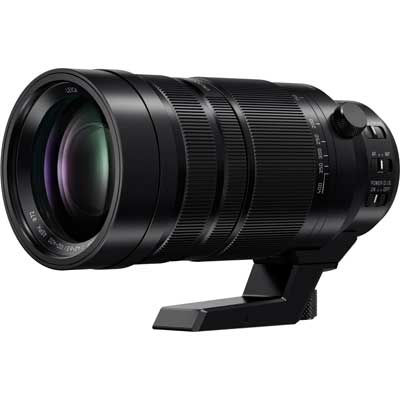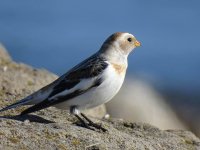
WEX have a used version of that lens for £794.Thanks so much . After researching your recommendation I’m heading towards the
panasonic G9 and a PanaLeica 100-400
Do you know if this will be enough reach. I’ve read it goes up to 800 but don’t understand this to be honest. is there a teleconvertor available for these? . Apologies if I don’t know what I’m talking about!! Thanks again.

Panasonic 100-400mm f4-6.3 Power OIS - Micro Four Thirds Fit | Wex Photo Video
www.wexphotovideo.com







